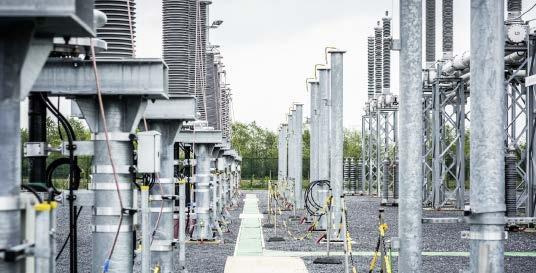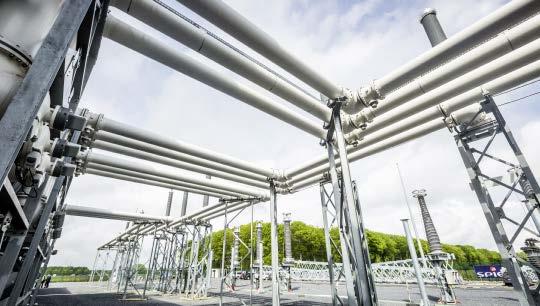
2 minute read
interconnections
BOX 11 - HOW IS THE COST-BENEFIT ANALYSIS PERFORMED IN THIS STUDY?
A Cost-Benefit Analysis is used to calculate the optimal thermal mix and to evaluate the economic benefits of additional interconnections. The evaluation of the additional interconnections follows the same methodology as described in the Guideline for Cost-Benefit Analysis of Grid Development Projects published by ENTSO-E is used [ENT-5]. In order to assess a given investment (generation, interconnection,...) or a combination of those, three factors are considered: 1. Annuity: represents the annual payment for an investment taking into account weighted average cost of capital (WACC) and a given economic lifetime; 2. Fixed O&M10 (FOM) costs: the yearly fixed costs needed to keep a device in operation; 3. Market welfare: expresses the gain/loss for the consumer, producer and congestion rent for Belgium. The sum of those 3 factors called ‘net welfare’ represents the gain in welfare brought by the investment taken into account the yearly costs of the investment for the given area:
CONSUMER AND PRODUCER SURPLUS (FIG. 74) Demand Supply curve = marginal cost
Price [€/MWh]
Quantity [MWh]
Consumer surplus
Producer surplus
Production cost
Net welfare = Market welfare — Fixed O&M — Annuity
In order to determine the market weflare generated by the investment, two simulations are performed (with and without the investment).
Of what consists the market welfare?
The market welfare used in the calculation is an indicator to determine the additional gain/loss induced by an investment for the consumers, producers and congestion rents. The Consumer surplus The consumer surplus is defined as the difference between the maximum price at which the consumer is willing to pay and the actual price they do pay. The Producer surplus The producer surplus is defined as the market price multiplied by the quantity of energy produced minus the total variable cost of production. The Congestion rents The congestion rent is defined as the price differences between the importing and exporting area multiplied by the traded energy quantity for each hour. The market welfare will always be assessed against a reference case. Only deltas on the above-mentionned indicators will be provided.
3.4 COST-BENEFIT ANALYSIS FOR ADDITIONAL INTERCONNECTIONS
The methodology used to assess the societal value of a project is based on the methodology described in the Cost-Benefit Analysis of Grid Development Projects report published by ENTSO-E [ENT-5], see also Box 11. This approach allows the benefit of transmission projects to be determined by analysing the market welfare brought by a new investment, while considering its investment costs. The Cost-Benefit analysis is computed from a Belgian perspective. The results provided in this study are based on the average results obtained for the different ‘MonteCarlo’ years simulated in the economic assessments.







